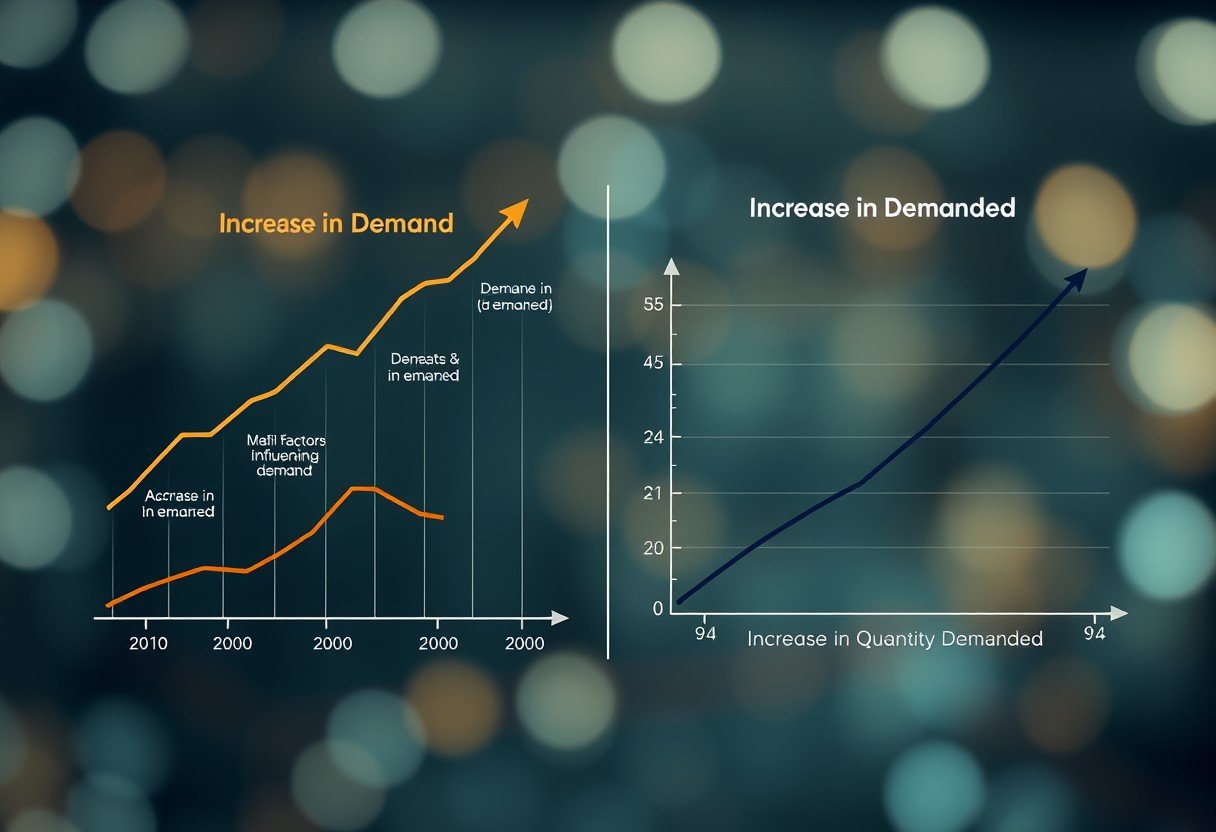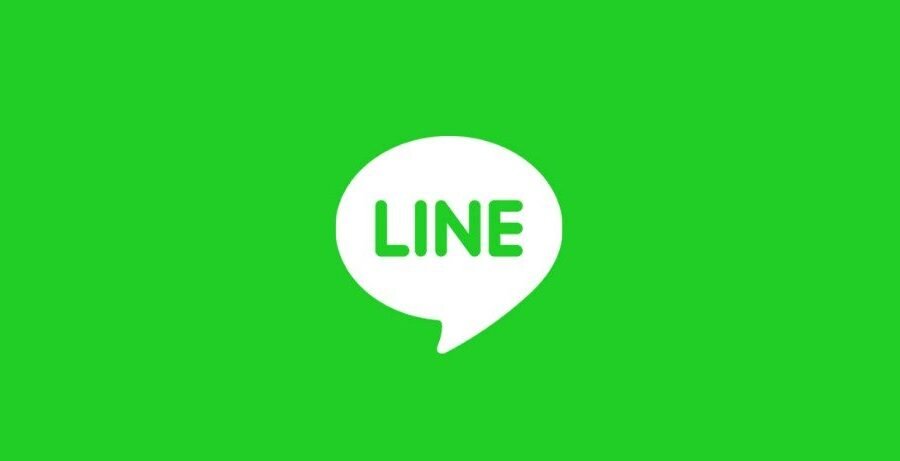Have you ever heard someone say “demand for the new iPhone is huge” and then say “my demand for pizza increases when it’s on sale”? While these sound similar, they describe two completely different economic ideas. One is an “increase in demand” and the other is an “increase in quantity demanded.” Understanding this key difference helps you see how markets really work, making you a smarter consumer and business thinker.
What is an Increase in Demand?
An increase in demand is a fundamental market shift. It doesn’t just mean a few more people are buying something; it means that at every single price point, more of a product or service is desired by consumers.
Imagine the demand for a product is a line on a graph. An increase in demand means the entire demand curve shifts to the right. This indicates a change in the underlying conditions of the market, not just a reaction to a price change. It shows a genuine, broad increase in the product’s popularity or necessity.
This shift has significant effects, often leading to a higher market price and a greater quantity of the product being sold overall.
Key Factors that Shift the Demand Curve
An increase in demand is never caused by the product’s own price changing. Instead, it’s triggered by outside factors that change how consumers think and behave. These are the real drivers that make a product more desirable overall.
Several key factors can cause the entire demand curve to shift to the right. Recognizing them can help you predict market trends.
- Changes in Consumer Income: When people have more disposable income, they tend to buy more of certain goods, especially normal goods like electronics or vacations.
- Consumer Tastes and Preferences: A new health study promoting the benefits of avocados can cause the demand for them to soar. Trends, advertising, and cultural shifts play a huge role here.
- Price of Related Goods: This includes substitutes and complements. If the price of coffee (a substitute) goes up, the demand for tea might increase. If the price of hot dog buns (a complement) goes down, the demand for hot dogs might rise.
- Expectations about the Future: If you expect the price of a product to rise significantly next month, you are more likely to buy it now, increasing current demand.
These elements change the basic willingness of consumers to purchase an item, regardless of its current price tag.
Understanding an Increase in Quantity Demanded
This concept is much more straightforward and is entirely focused on price. An increase in quantity demanded refers to consumers buying more of a product specifically because its price has dropped.
It’s a direct reaction to a price signal. This is not a shift of the demand curve but rather a movement along the existing demand curve. The underlying desire for the product hasn’t changed; the lower price just makes it more accessible or a better deal for more people.
Think of it as moving from one point on the demand line to another, lower-right point. The demand schedule itself remains the same.
The Single Cause of an Increased Quantity Demanded
Unlike an increase in demand, which has multiple causes, an increase in quantity demanded has only one.
The only factor that causes an increase in quantity demanded is a decrease in the product’s price. That’s it. A store putting a popular video game on sale for 50% off will cause an increase in the quantity demanded. The overall demand (the curve) hasn’t changed, but at that new, lower price, more units will be sold.
This is the principle behind sales, discounts, and clearance events. Businesses lower the price to encourage a specific action: an increase in the quantity demanded.
Visualizing the Difference: Demand Curve vs. Movement
The easiest way to grasp the difference is by looking at a demand graph. An increase in demand is a wholesale change, while an increase in quantity demanded is a localized reaction. The graph tells the whole story.
The following table breaks down the core distinctions between these two critical concepts.
| Feature | Increase in Demand | Increase in Quantity Demanded |
| What Happens? | The entire demand curve shifts to the right. | There is a movement down along the existing curve. |
| Primary Cause | External factors like income, preferences, or related goods. | A decrease in the product’s own price. |
| Graphical Look | A completely new curve appears on the graph. | A point moves from A to B on the same curve. |
This visual and conceptual separation is vital for analyzing market behavior correctly.
Why This Distinction Matters in the Real World
Knowing the difference isn’t just for economists; it has practical implications for everyone. For business owners, it influences pricing and marketing strategies. An increase in demand might signal an opportunity to raise prices or increase production. An increase in quantity demanded simply confirms that a price cut was effective.
For consumers, it helps explain why prices fluctuate. If the price of gasoline goes up because of a broad increase in demand (more people driving), that’s different from the price at one gas station being lower, causing an increase in the quantity demanded at that specific location. This knowledge empowers you to make more informed financial decisions.
Frequently Asked Questions about Demand
What is the simplest way to remember the difference?
Think of it this way: An “increase in demand” is about a change in a product’s popularity or necessity. An “increase in quantity demanded” is purely about a reaction to a cheaper price tag.
Does advertising cause an increase in demand or quantity demanded?
Effective advertising causes an increase in demand. Its goal is to change consumer preferences and make them want the product more at any price, shifting the entire demand curve to the right.
What happens to the price when demand increases?
Assuming the supply of the product stays the same, an increase in demand will typically lead to a higher equilibrium price and a higher quantity sold. More people want the item, so they are willing to pay more for it.
Can a product’s price go down if demand for it increases?
This is unlikely but possible if the supply increases even more than the demand. For example, if demand for a new smartphone increases, but the company also dramatically improves its production efficiency, the final price could potentially drop.
How do businesses use this information?
Businesses analyze these trends to set prices, manage inventory, and plan marketing campaigns. If they see demand increasing, they might stock up on more products. If they need to sell existing stock, they will lower the price to increase the quantity demanded.









Leave a Comment